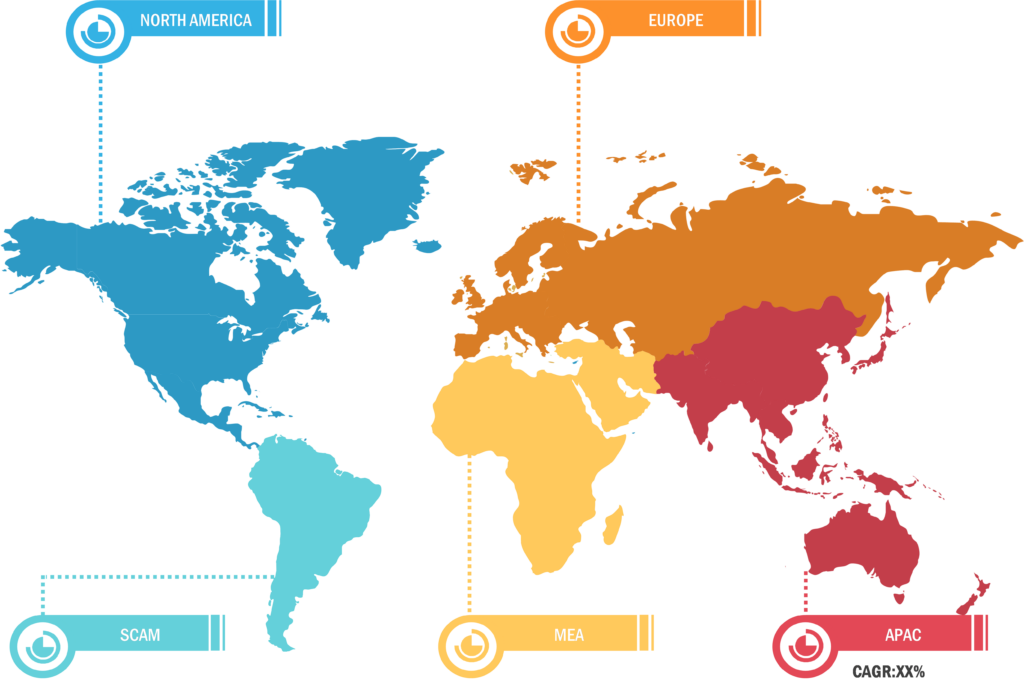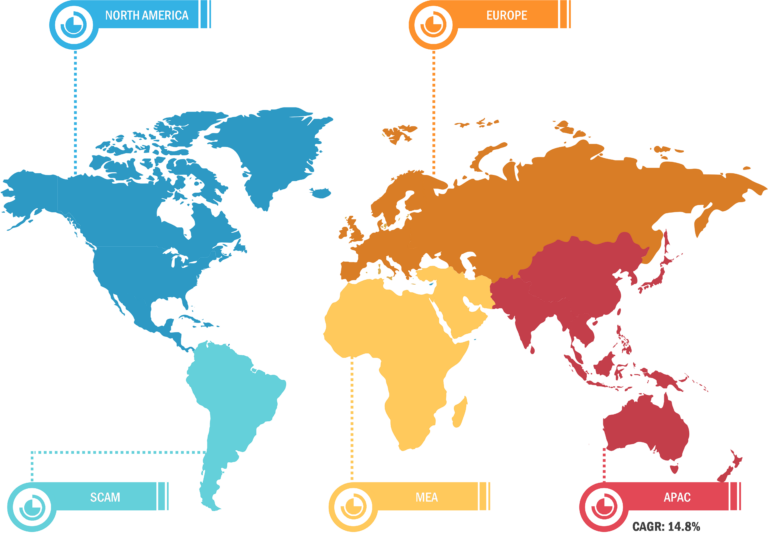
Umbilical Cord Blood Banking Market
Key factors that are driving the growth of the market are rising prevalence of chronic illnesses and evolving field of regenerative medicine. However, the stringent rules and regulations are expected to hamper the market during the forecast period
Increasing Hybrid Banking Models Expected to Bring New Umbilical Cord Blood Banking Market Trends
Hybrid banking models combine the advantages of private and public cord blood banking, offering a more comprehensive and flexible approach to stem cell storage and usage. These days, a lot of public banks are partnering with private cord blood banks using a hybrid model. Cryo-Cell runs one such cord blood bank in collaboration with Duke University Medical Center. The US Department of Health’s HRSA has selected Cryo-Cell’s public bank as one of the country’s best cord blood banks to contribute to the National Cord Blood Inventory, along with other top banks, including MD. Anderson, and Duke University.

In a hybrid banking model, families have the option to store a portion of their baby’s cord blood in a private bank for their exclusive use while donating another portion to a public bank for potential use by others in need. This dual storage approach secures personalized treatment options for the family and contributes to the public stem cell registry, expanding the pool of available units for transplantation. Moreover, hybrid banking models align with the growing emphasis on personalized medicine and the importance of collaborative healthcare approaches. They reflect a shift toward a more patient-centric and community-focused healthcare framework, where the collective benefit of stem cell research and therapy is prioritized alongside individual needs.
Owing to the increasing technological advancements and rising demand for stem cell therapies, hybrid banking models are expected to emerge as a major trend in the umbilical cord blood banking market during the forecast period.
Based on geography, the Arterial Blood Gas Kits market is segmented into North America (US, Canada, and Mexico), Europe (Spain, UK, Germany, France, Italy, and Rest of Europe), Asia Pacific (South Korea, China, India, Japan, Australia, and Rest of Asia Pacific), the Middle East & Africa (South Africa, Saudi Arabia, UAE, and Rest of Middle East & Africa), and South & Central America (Brazil, Argentina, and Rest of South & Central America). The US held the largest share of the market in North America in 2023. The North America umbilical cord blood banking market has been analyzed on the basis of the US, Canada, and Mexico. The market growth in this region is driven by the availability of a large number of public cord blood banking services, and governments providing support in the form of funding and favorable regulations.
The umbilical cord blood banking market has been segmented on the basis of syringe type, type, usage, application, needle gauge, syringe volume, and end user.
• Based on bank type, the umbilical cord blood banking market is segmented into bifurcated into public and private. The private segment held a larger market share in 2023.
• By service, the market is segmented into storage and processing. The storage segment held a larger share of the market in 2023.
• Based on end user, the market is segmented into hospitals, research institutes, and others. The hospitals segment dominated the market in 2023.
Umbilical Cord Blood Banking Market: Competitive Landscape and Key Developments
Cordlife India, Biocell, CryoStemcell, NovaCord, LifeCell, HÉMA-QUÉBEC, Atlantic Health System, WMDA, CryoViva Singapore, and ViaCord, Inc are among the key players operating in the market are among the leading companies profiled in the umbilical cord blood banking market report. In addition, several other players have been studied and analyzed during the study to get a holistic view of the market and its ecosystem. These companies focus on geographic expansions and new product launches to meet the surging demand from consumers worldwide and increase their product range in specialty portfolios. Their global presence allows them to serve a large customer base, subsequently facilitating market expansion.






